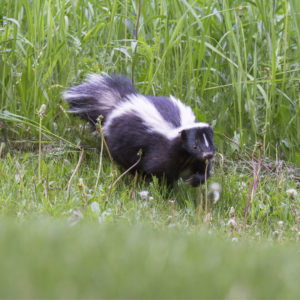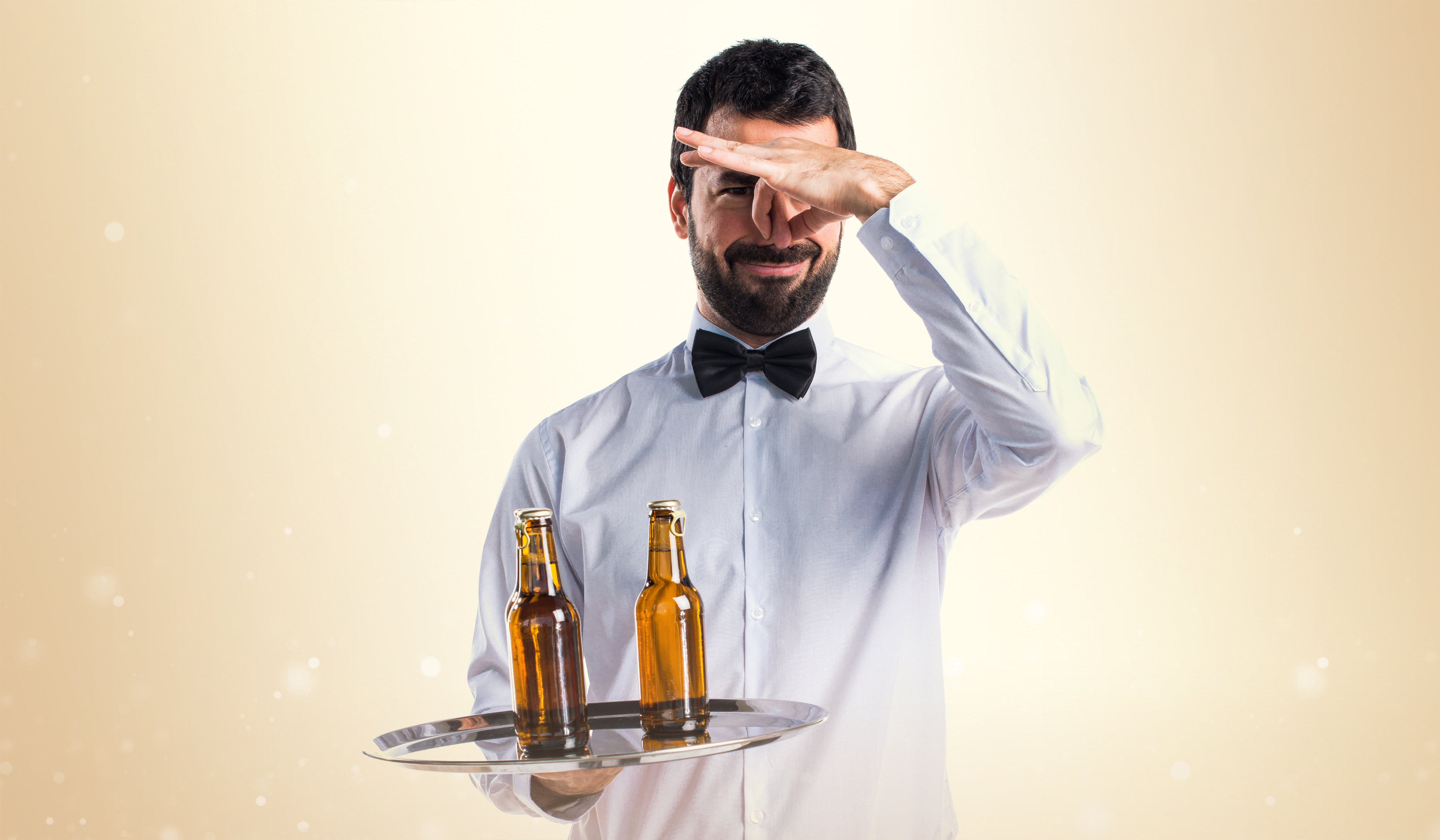Have you ever taken a whiff of your glass of beer and thought “WOOF”? Or had a sip of your time-tested favorite and tasted something not quite right? It’s possible your beer has been attacked by one of its enemies!
WAIT. HOW DOES BEER HAVE ANY ENEMIES? Crazy, right? Can you believe forces exist that want to destroy our beautiful beer? It’s true, sadly. Turns out that light, temperature, and time can wreak havoc on beer, and the results can ruin your sensory experience.
Here’s the thing: beer is made with natural ingredients. Barley, water, yeast, hops; it’s a biology experiment that went really right once upon a time and has been perfected over centuries by brewers. But a little outside interference, and BOOM, any one of those ingredients can have a reaction that creates smells and flavors that are far from what the brewery intended.
Today we are covering one of the most common issues: lightstrike. It’s what happens when...wait for it...LIGHT STRIKES YOUR BEER.
Why is light striking your beer a problem?
Hop plants, which make your beer smell and taste wonderful, contain alpha acids. And when these acids are boiled during the brewing process, they become isohumulone compounds. And when those compounds (along with a few others inherent to the beer) interact with light, it produces 3-Methyl-2-Butene-1-Thiol. Science!
Do you know what else produces 3-Methyl-2-Butene-1-Thiol?
A skunk. When someone says their beer is skunked, they aren’t being cheeky. The beer has become Pepe Le Pew’s perfume right in your hand. (Often times, people use “skunked” as a generic term for a lot of off other flavors, but in this case, it’s right on the money.)
So, what steps do we take to protect beer from light strike?
WE KEEP IT OUT OF THE LIGHT. But seriously, cans and brown bottles offer the most protection from those UV rays. The Pilsner Urquell brewery switched from green to brown bottles a few years ago specifically to address this issue. Green bottles block about 20% of the harmful light, which doesn’t help much, and clear bottles offer zero protection.
There are some exceptions. The outer packaging (a six-pack or case carrier) can shield the beer in green or clear bottles when it’s in transit and on the shelf, giving it a fighting chance. Some beers in clear bottles (Miller High Life and MGD, notably) are made with stabilized hop compounds that can never be skunked.
How can you help fend off light strike?
Consider the setting when you’re planning to enjoy beer and pack accordingly. Cans and brown bottles are your friend when it comes to drinking in the sunshine. Miller High Life bottles can handle those rays. If you’re set on a green-bottled beer, keep the exterior packaging intact until you’re ready to enjoy. If you see beer in store being shelved in a window, take a pass (and enlighten the retailer on how they are harming the product). Kegged beer is obviously protected, but once you’ve poured a beer in a glass and set it down on that sun-soaked picnic table, the transformation begins, so relax in the shade or stick to cans. Humans need sunshine to live; your beer does not.

